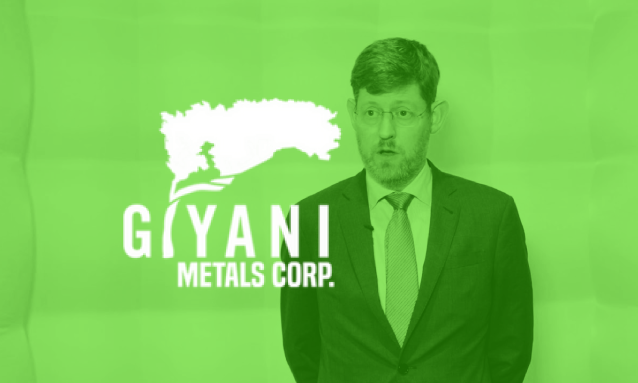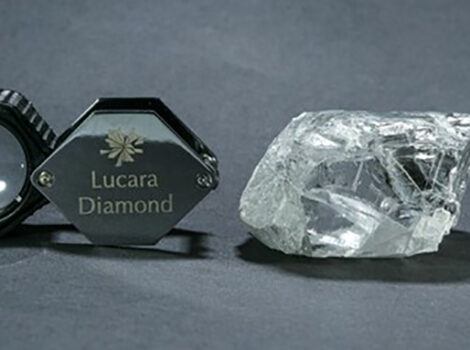
SXV-listed Giyani Metals Corp. has reported positive economic results from its preliminary economic assessment (PEA) for its K.Hill manganese project in Botswana.
The PEA is based on the 1.1 Mt inferred mineral resource estimate that the company announced in September 2018 and outlines a project with nine-years of potential operating life producing 245 000 t of high-purity electrolytic manganese metal (HPEMM). The study has derived a pre-tax NPV of C$491 million (US$369 million) and after-tax NPV of C$379 million (US$285 million), using a 10% discount rate.
C$144.4 million (US$108.5 million) is required for pre-production capital, C$13.2 million (US$9.9 million) in sustaining capital, C$23.7 million (US$17.8 million) in contingency at 15%, and C$6.7 million (US$5 million) in closure costs for a total project capital of C$188 million (US$141.3 million). The project further has an after-tax IRR of 90.6% and a 1.5-year payback period. The economics of K-Hill were based on a projected average price of US$4 700/t for HPEMM of 99.9% manganese over the project life.
Giyani Metals notes that there are still opportunities to improve returns through further enhancement of K.Hill mineral resources into a mineral reserve and the addition of other deposits within the greater Giyani licence area including the existing Otse and Lobatse deposits. Moving forward, the immediate next steps will be to continue hydrometallurgical testing with electro-refining to produce HPEMM samples for testing by battery makers and to upgrade K.Hill into a mineral reserve through a targeted reserve drilling campaign and a feasibility study.
Giyani is also aiming to commence with its environmental impact assessment and feasibility study in preparation for the mine permit application in 2020. The PEA was undertaken by SRK Consulting (UK), with metallurgical test work and design input from Lab 4 Inc., a metallurgy consulting firm managed by Dr. Ian Flint, the Department of Geology of Dalhousie University and the Minerals Engineering Centre of Dalhousie University, all in Halifax, Nova Scotia, Canada.
The PEA is also based on an inferred mineral resource estimate as detailed in the NI 43-101 report prepared by MSA Group in November 2018. The expected accuracy of costs in the PEA is within a -35% to +45% level of confidence, as is appropriate for the level of study and accuracy of the input data provided.
“We are extremely pleased with the completion of the PEA for K.Hill, our first deposit in Botswana, and we are even more delighted with the findings of this report which demonstrates the strong economic potential of the K.Hill manganese project,” says Robin Birchall, CEO of Giyani Metals Corp.
Source: miningreview.com



